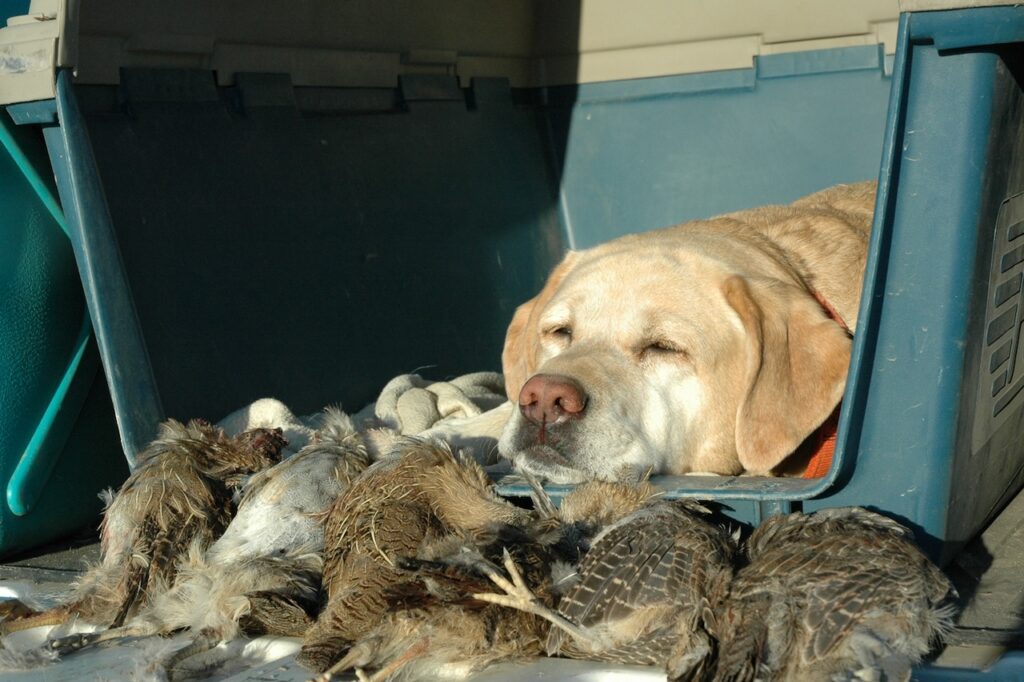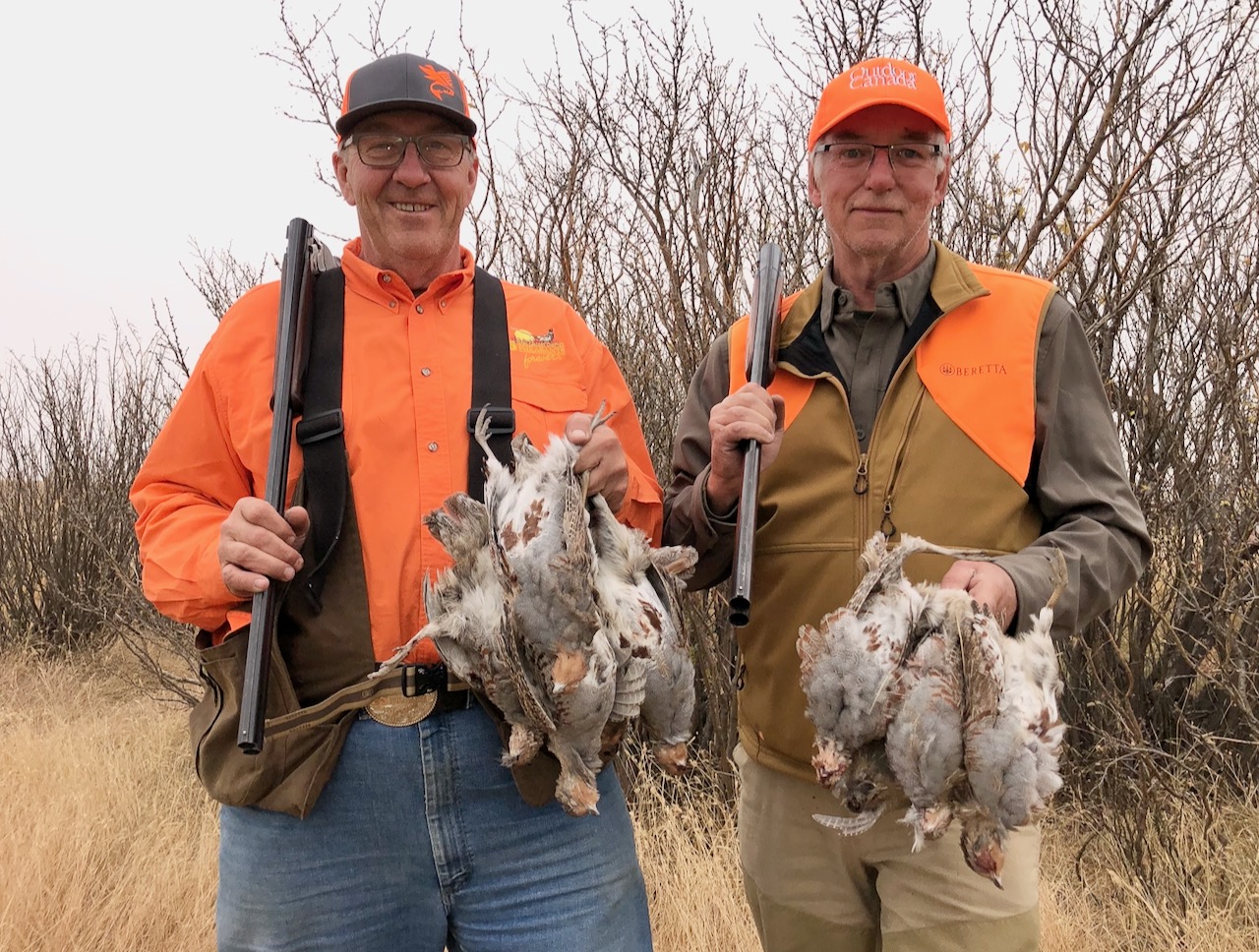ON THE HUNT FOR HUNS
To successfully pursue Hungarian partridge all season long, you need to switch up your approach in tandem with their changing behaviour
Advertisement

EARLY SEASON
Before the wheat, barley and canola crops that dominate prairie agriculture have been harvested, finding coveys of Hungarian partridge can be a Herculean task—there’s just so much cover to search. Your best bet is to begin in locations where you’ve found Huns in the past, since their average home range is less than 100 hectares. Look for them along the edges of farmyards, hedgerows and ditch banks, as well as in dried slough bottoms and under fences that abut crops. Huns adapt well to farm activity, so it’s not unusual to find them living in the lush grass among outbuildings or parked machinery.
Pointing dogs really earn their keep at this time of year. The typically dry weather makes scenting conditions difficult, and the vast amount of cover means dogs may have to range far and wide to find birds. A pointer that will hold for an extended period of time under these conditions is invaluable.
Advertisement
One benefit of hunting early-season Huns is they tend to hold tighter than they do as the season progresses. Shots typically arise quickly at relatively short ranges, so you must always be ready. In fact, some would argue that Huns are not very sporting at this time of the year because many of the birds are still young, lean, not fully feathered, and weak flyers. It takes an awfully seasoned eye to be able to differentiate between adult birds and young of the year if you want to avoid shooting the young one. For those reasons, conservation-minded upland hunters typically don’t hunt Huns until after the harvest.

